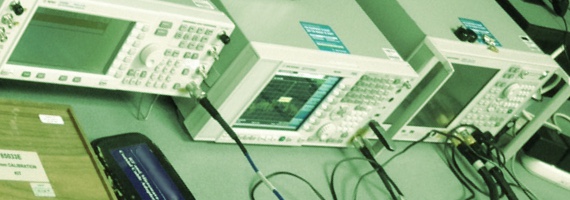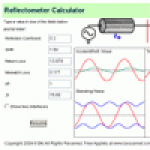
Specialized techniques and instruments for measuring performance at higher frequencies.
www.rfmentor.com
Tools and training to help your RF/Wireless career
Menu
Main menu
Quick Links
User menu
User login
Popular content
- Greetings from the International Microwave Symposium Hawaii
- Self-study Guide: RF Small-Signal Amplifiers (LNA)
- RF Mentor Vlog Entries
- Impedance Match Example Video
- Smith Chart Matching Applet has moved
- IEEE 802.11 Standards
- Robots vs. Dinosaurs
- Virtual Reflectometer Slide Rule
- Near-field scanners let you see EMI
- Bluetooth Basics


